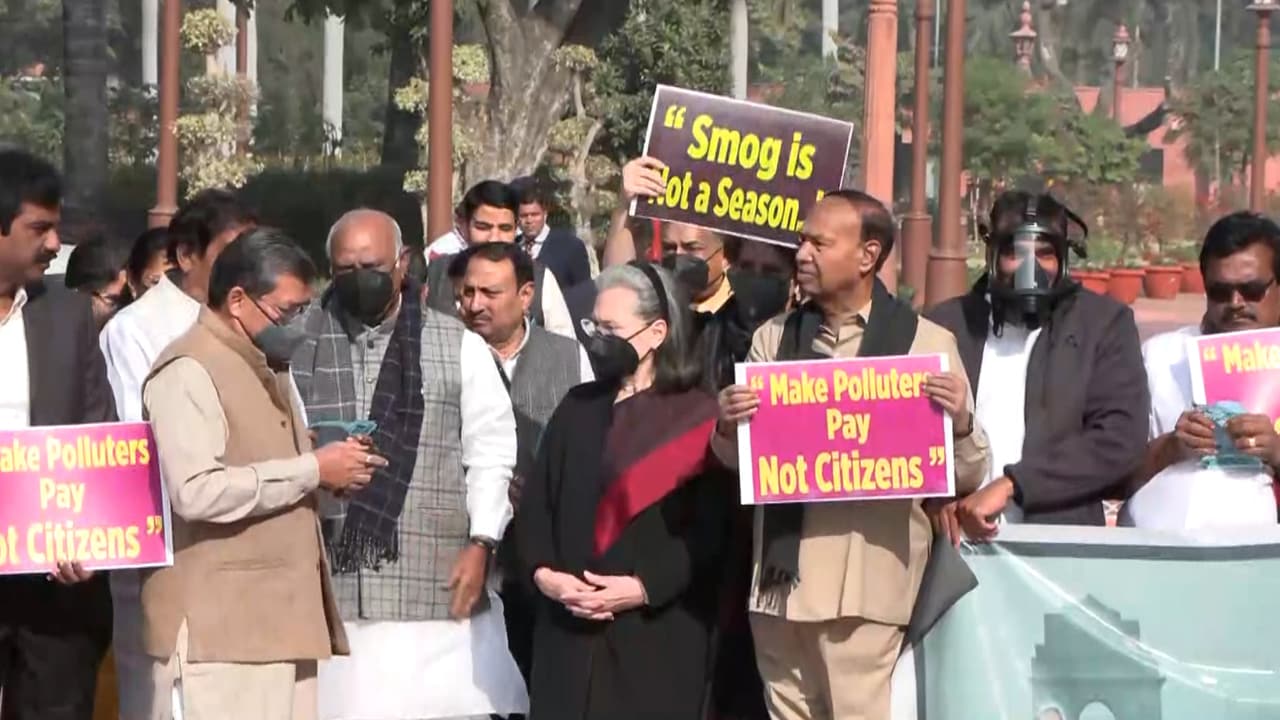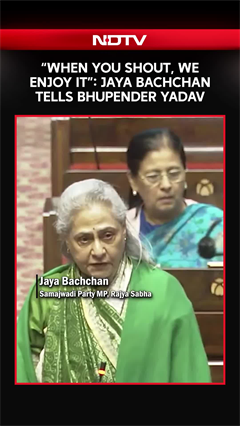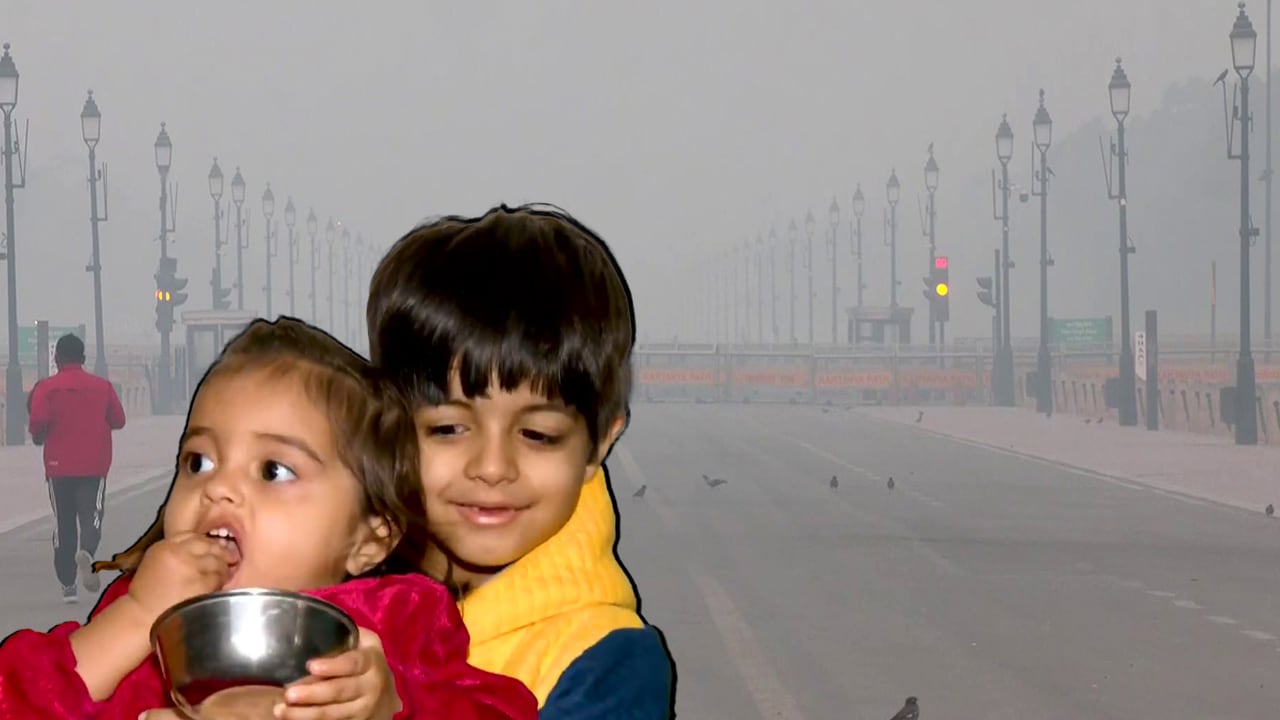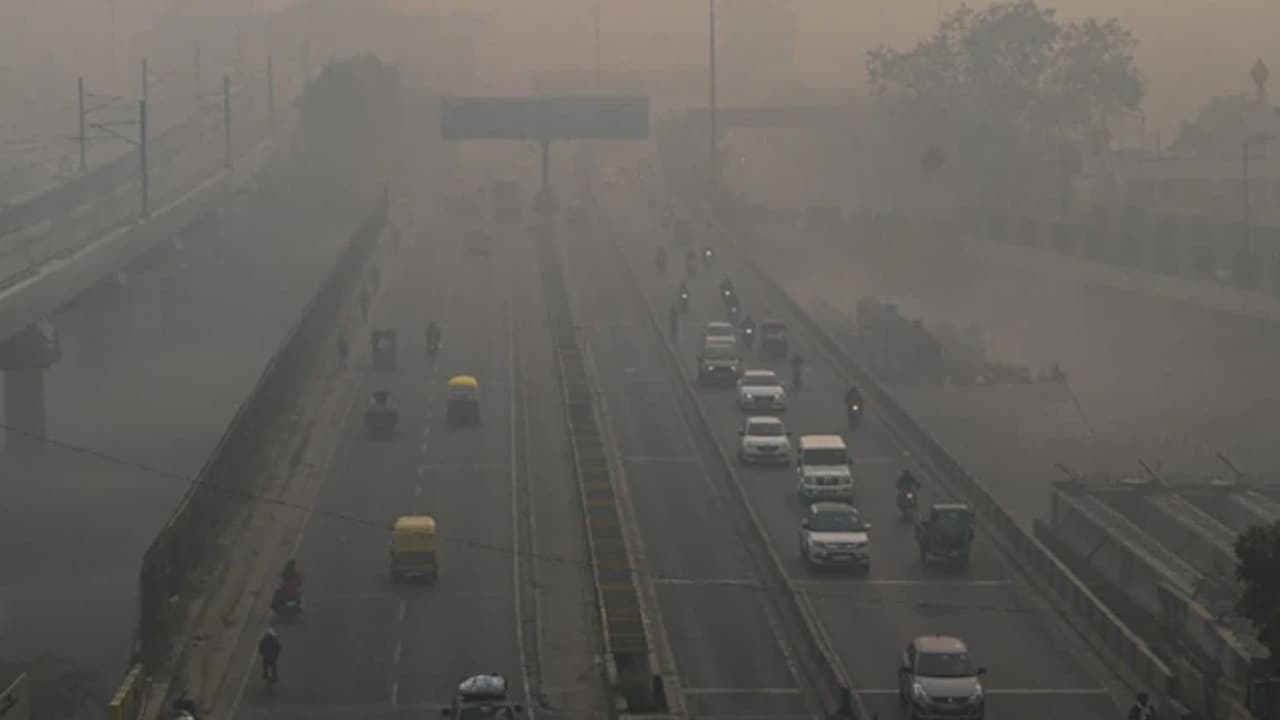- Home/
- 'Green' Crackers Failed. Delhi Suffers Worst Post-Diwali Air In 5 Years
'Green' Crackers Failed. Delhi Suffers Worst Post-Diwali Air In 5 Years
Highlights
- Air quality in Delhi fell to a five-year low despite a 77.5% drop in stubble burning
- PM2.5 levels reached an average of 488 micrograms per cubic metre post-Diwali
- Green firecrackers failed to prevent a 212% increase in pollution from pre-Diwali levels
Despite a 77.5 per cent drop in stubble burning, i.e., agricultural waste - normally a significant reason for air pollution in Delhi during the winter - the air quality in the national capital plummeted to a five-year post-Diwali low Tuesday morning.
Average PM2.5 levels reached shocking averages of 488 micrograms per cubic metre - nearly 100 times the exposure limit advised by the World Health Organization - and, perhaps worse, represented a catastrophic 212 per cent increase from pre-Diwali levels. The highest single reading? A literally eye-watering 675 micrograms per cubic metres on Diwali night, i.e., Monday.
Air pollution levels, in fact, reached a three-year high. This after the Supreme Court permitted bursting of 'green' firecrackers within specified hours. Both orders, it seemed looking at the toxic smog this morning, were ignored, with the familiar acrid smell of chemicals lingering in the air.
This year's AQI, or air quality index, for Diwali surpassed that recorded last year (328) and overwhelmed that from the previous two years; it was 218 in 2023 and 312 in 2022.
This suggests that even 'green' firecrackers failed to control the poisonous haze.
Four-year data from the Central Pollution Control Board indicated Diwali 2025 was one of the worst-polluting in recent times. More importantly, it showed a consistent and dangerous trend of collapse in levels of breathable air linked directly to toxic smoke released by firecrackers.
The inescapable Diwali spike
Diwali 2025's 'record' is disturbing.
PM2.5 levels usually double or triple on Diwali night and carry over to the next day.
But this year has been worse than before, Palak Balyan, lead researcher at Climate Trends, a city-based consulting and capacity building initiative, told NDTV. "The data shows post-Diwali PM2.5 readings averaged around 488, compared to 156.6 before the festival. That's more than a threefold increase and makes 2025 one of the most polluted Diwalis in recent years."
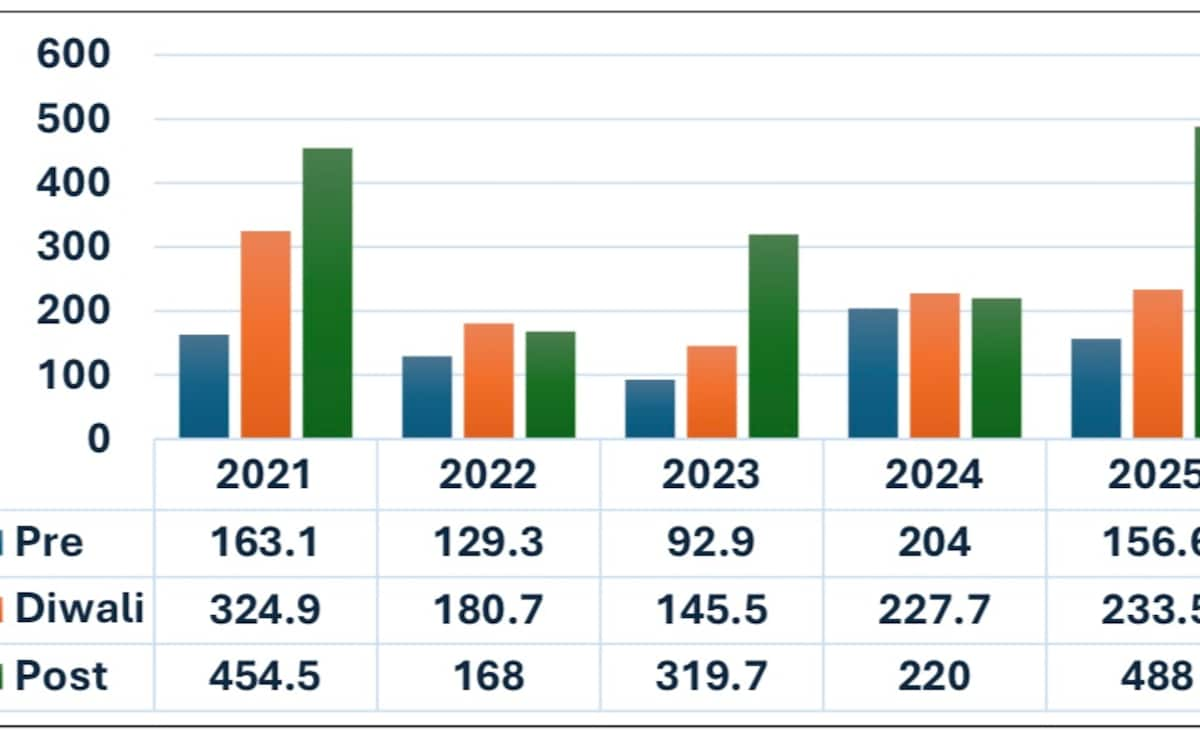
Air quality readings pre-, on, and post-Diwali for 2021-2025. Data: CPCB
Post-Diwali PM2.5 readings - an average of 488 micrograms per cubic metre and a high of 675 - were the highest on record, and indicated a worrying trend of increased post-festival pollution.
And adverse weather conditions, as they always do, made the situation worse.
Wind speeds of less than a metre per second meant pollutants were not dispersed, while a post-Diwali temperature drop, i.e., from around 27 degrees Celsius to 19 led to temperature inversions, essentially sealing the poisonous smoke close to the ground.
Amid all this, the focus is on the 'green crackers' Delhi's ruling BJP promoted so much, and the Supreme Court allowed, arguing that those 'smuggled' in to the city were causing more damage.
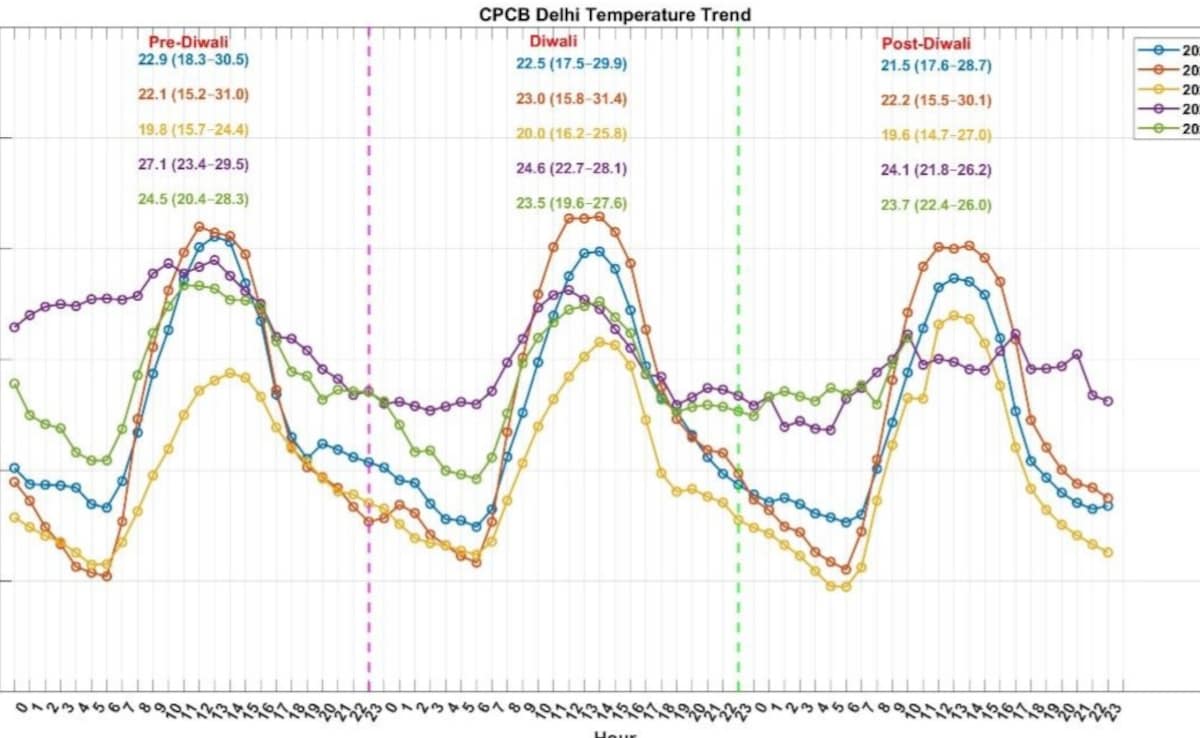
Delhi temperature readings pre-, on, and post-Diwali for 2021-2025. Data: CPCB
The numbers on the ground, however, paint a different picture.
Dr SK Dhaka, a professor at Rajdhani College that is affiliated to the University of Delhi, concluded pollution is overwhelmingly local in nature. It is not transported from outside the city.
"We conclude that green firecrackers enhanced the particulate matter at a rapid rate," Dr Dhaka. "The pollution is of local nature... It suggests we need to check the quality of the crackers."
Stubble burning myth busted?
The burning of farm waste in neighbouring states - particularly Punjab and Haryana - is a major seasonal concern; in fact, a separate analysis of PM2.5 data recorded during October 2025 provided a crucial insight - local emissions are, in fact, the persistent problem.
Floods in Punjab and Haryana earlier this year served as a 'natural experiment' to gauge the efficacy of restrictions on the activity and scale of its impact on the Delhi air crisis.
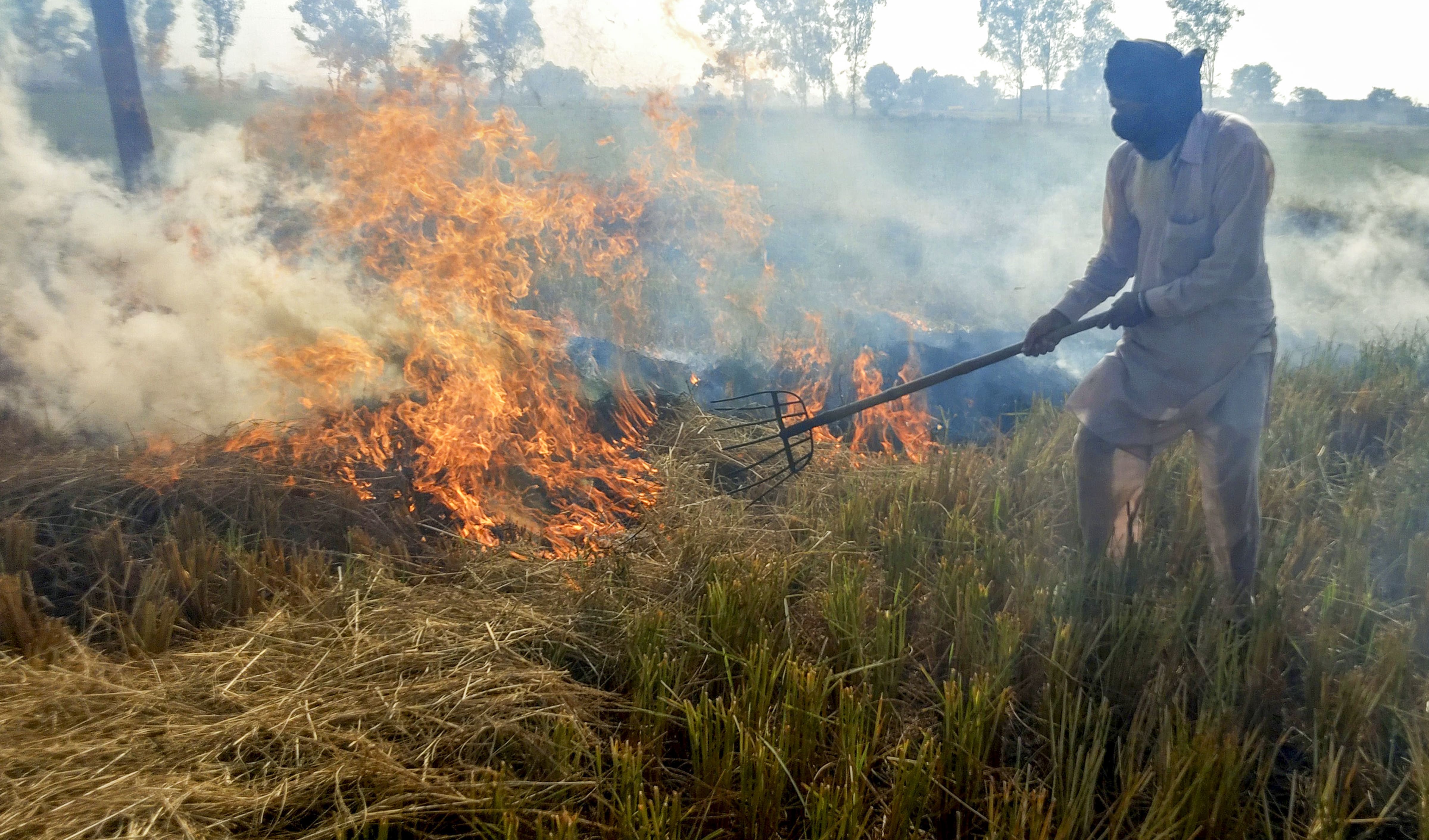
Data this year reinforces the strong and direct link between farm fires and air pollution (File).
The 77.5 per cent reduction in stubble burning events "involuntary suppressed farm fires" and coincided with a 15.5 per cent reduction in Delhi's average PM2.5 levels in the same period.
This drop confirms the role farm fires play in creating Delhi's toxic blanket. However, this time, despite the crackdown on farm fire, the PM2.5 levels remained above 50 grams per cubic metre
This highlights a persistent base load from urban sources - traffic, industries, and dust - that continue to pollute the city even when external factors are curtailed.
What the data says
- Reduction of farm fires offers immediate benefits
- The Diwali spike is almost entirely a local, man-made crisis separate from stubble burning
- Structural air quality improvements need a multi-sectoral policy to address regional agriculture and uncontrolled urban/festive emissions
A looming health crisis: Calls for responsibility
Continued refusal to accept reality is "disappointing", Climate Trends chief Aarti Khosla told NDTV. "... despite years of watching the ill-effects of firecrackers being burnt during Diwali, we still refuse to accept the reality and make the same mistake again."
Air pollution affects the health of vulnerable sections, such as children, the elderly, and those with existing medical conditions. And while Delhi fights a long-term urban pollution crisis, data for 2025 stands as a scathing reminder - that people's actions and individual awareness are essential to stop this lethal cycle.
The conclusion is clear - permitting any type of firecrackers during unfavorable weather conditions and amid already poor air quality is "simply not sustainable" for Delhi-NCR.
NDTV is now available on WhatsApp channels. Click on the link to get all the latest updates from NDTV on your chat.
Latest Stories
- Reported by Ankita Tiwari | Friday December 05, 2025 , New Delhi
Every winter, Delhi's air turns toxic, and this year is no exception. After the monsoon, pollution levels rise, but the real crisis begins when temperatures plunge.
- Indo-Asian News Service | Friday December 05, 2025 , New Delhi
Amid continuing poor air quality in the national capital, doctors on Friday noted that air pollution can not only harm your lungs or lead to cardiac illness but can also heighten anxiety and trigger panic-like symptoms.
- Reported by Ishika Verma | Thursday December 04, 2025 , New Delhi
The Delhi government on Thursday rolled out its "toughest-ever" anti-pollution drive in the capital -- deploying mist spray technology, tightening enforcement, and warning officials of strict action.
- Asian News International | Thursday December 04, 2025
India faces a severe public health emergency as air pollution worsens across major cities. Padma awardee doctors' issue urgent advisory and here is what you need to know to stay safe.
- Press Trust of India | Thursday December 04, 2025 , New Delhi
The Delhi government is preparing an extensive plan to deploy mist spray technology to combat air pollution in the capital, Chief Minister Rekha Gupta said on Thursday.
................................ Advertisement ................................
Latest Videos
Opinion
Blog | Well Done, Delhi. You've Turned Lung Sacrifice Into A Badge Of HonourSaikat Kumar Bose
Monday November 10, 2025Till some years back, Delhiites would ask angry questions to those in power about the capitals annual tryst with toxic air. This has changed. Those in the driving seat dont see the need to answer now.
Opinion | Why Indians Have Just Given Up On Air Pollution CrisisTanushree Ganguly
Friday December 20, 2024While some may argue that people in Delhi are now more aware of air pollution than they were a decade back, my rebuttal would be that awareness does not mean that people are concerned.
Opinion | You Must Outrage Over Filthy Air More Than Once A YearJyoti Pande Lavakare
Tuesday December 10, 2024Delhi welcomed us with monsoon rains and mangos. We were home. Fast forward a couple of years, in the winter of 2012, I found myself in denial about something other parents, mostly expats, were calling toxic air.
Opinion | Delhi's Air Pollution Situation Is Like A Bad MarriageNishtha Gautam
Friday November 22, 2024On a good day, such as today, the AQI reading in Delhi is 407. We are jubilant at the sickly sunshine trickling through the slightly dissipated smog. At least its not 1600.
दिवाली... पराली... सियासी जुगाली!Ashwini kumar
Monday November 18, 2024दिल्ली-एनसीआर में प्रदूषण का समाधान तो आज तक मिला नहीं. हर साल चिंतित होकर हम-आप सांसों की तकलीफ के साथ-साथ दिल और ब्लड प्रेशर के मरीज भी क्यों बनें?








